Mitsubishi Eclipse Cross: Edging into a key sector
/Another bold new face in the compact sports utility sector, the Eclipse Cross delivers more than interesting design elements.

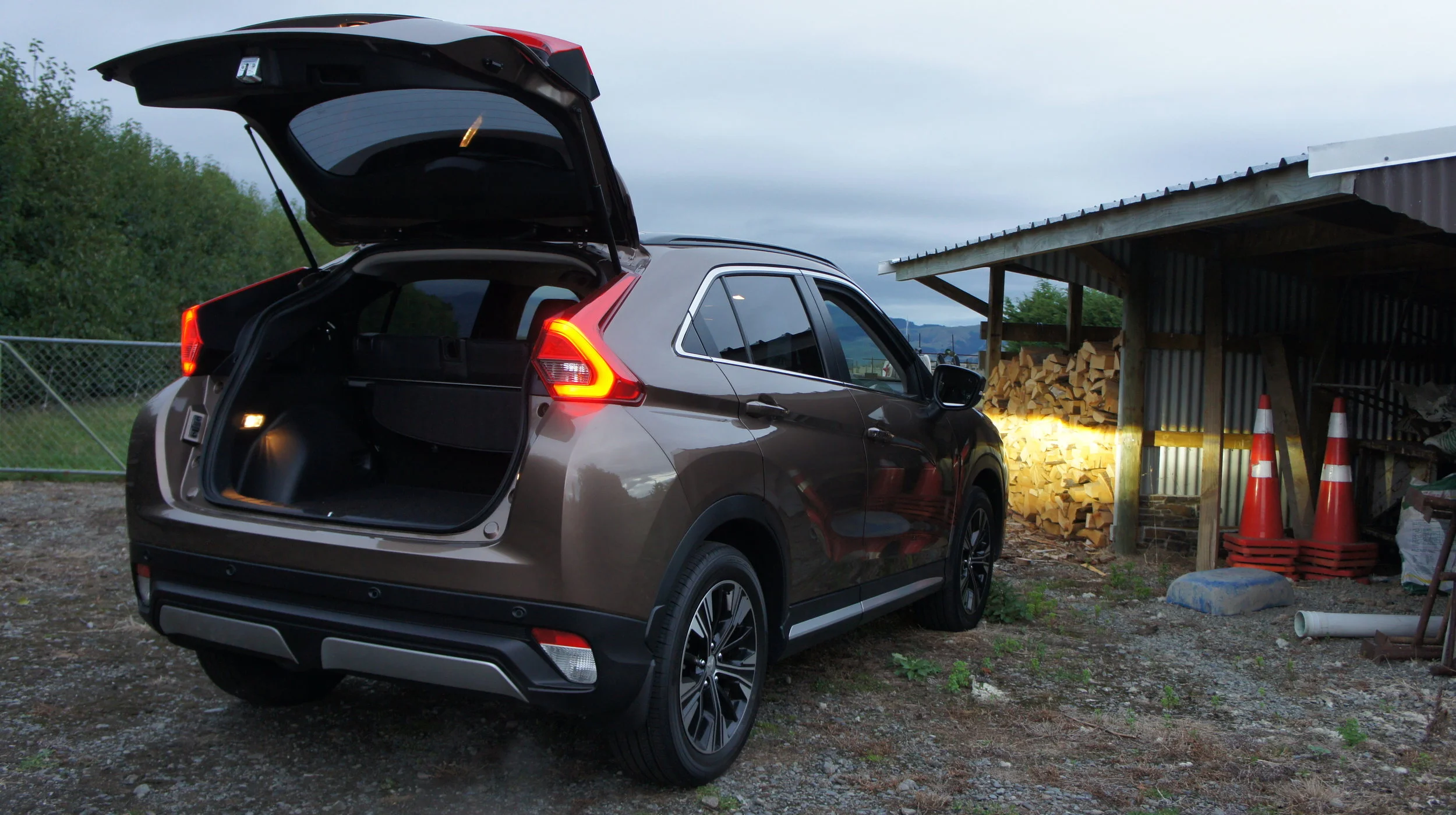
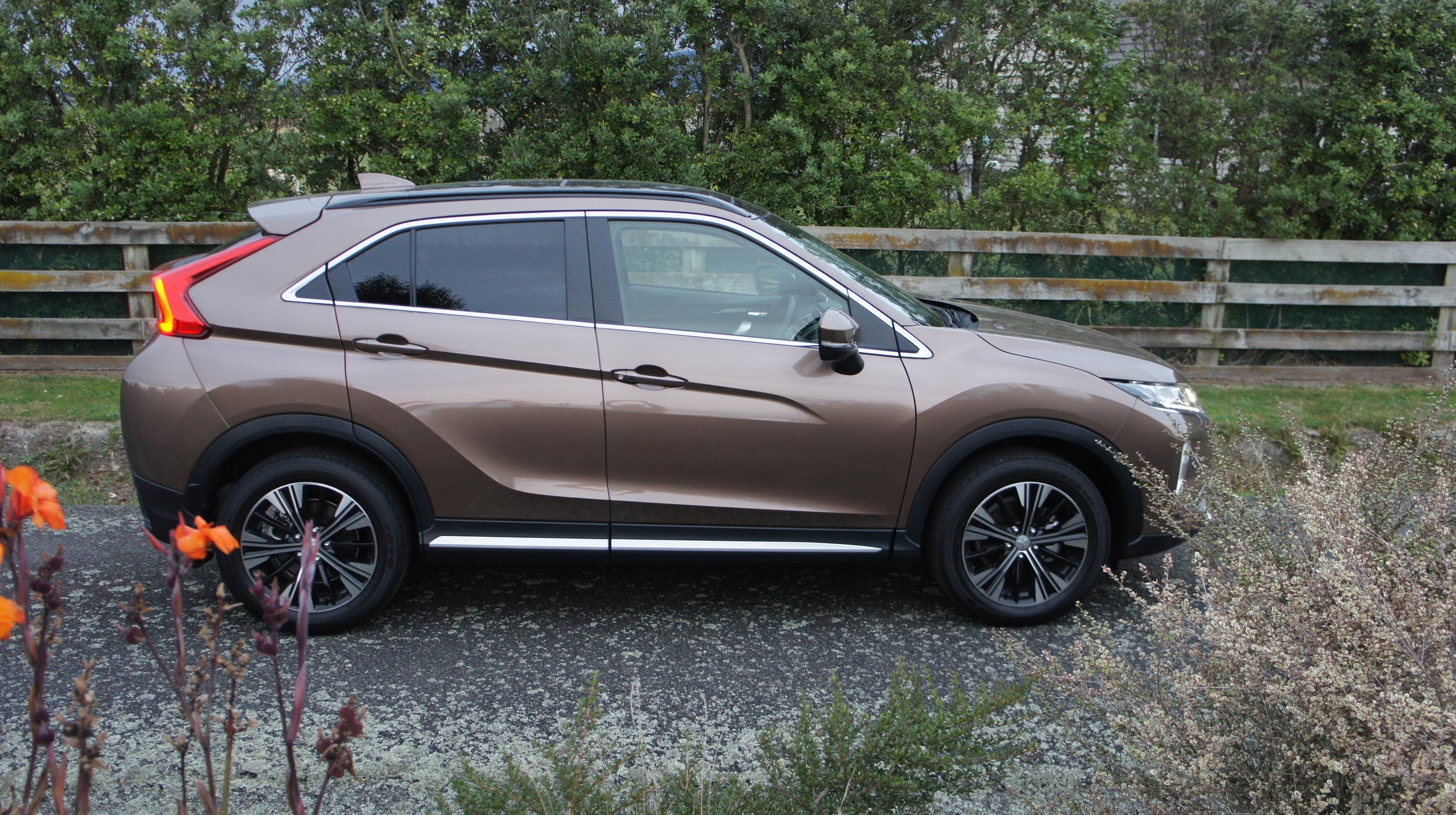
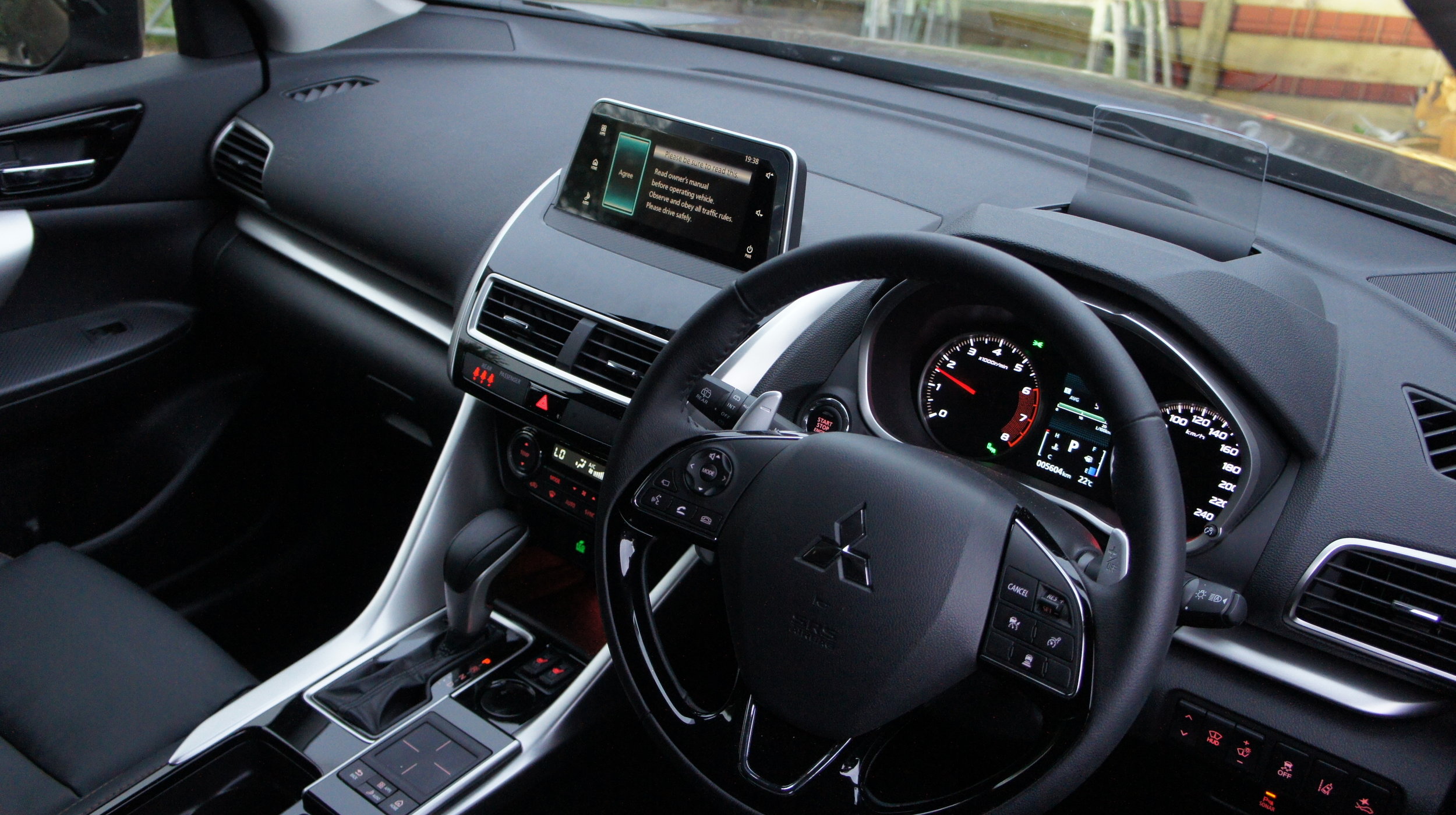
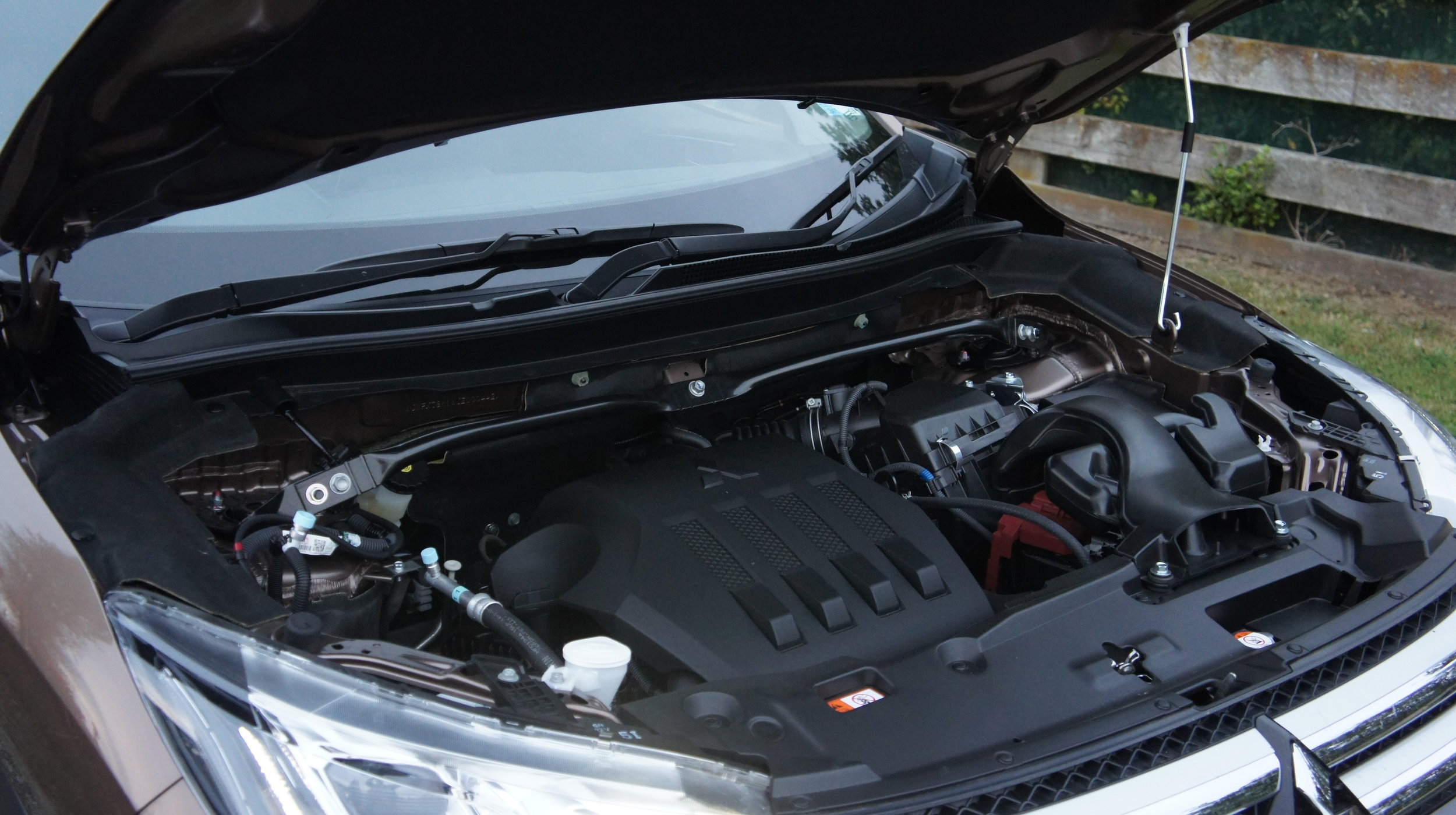

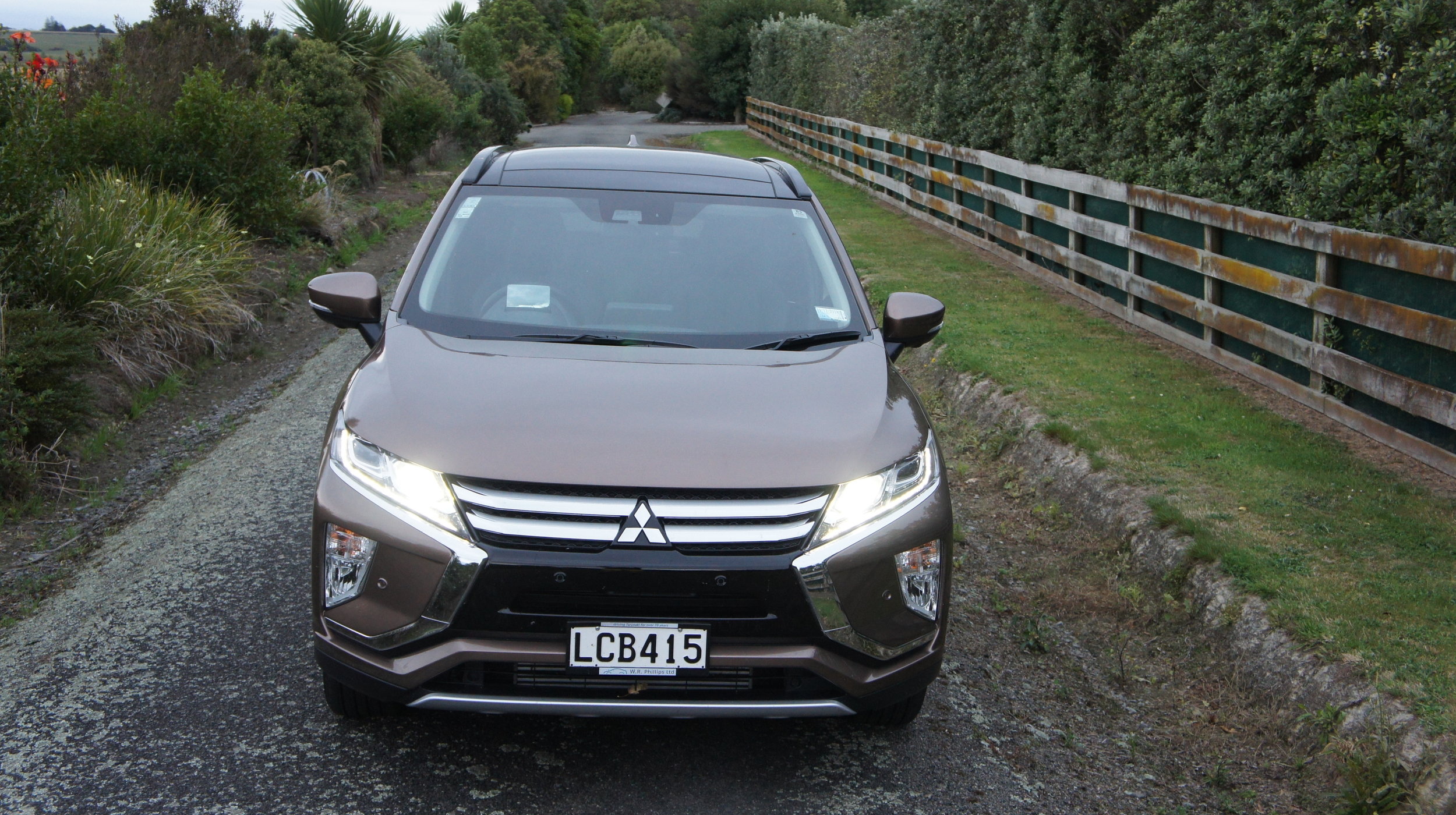


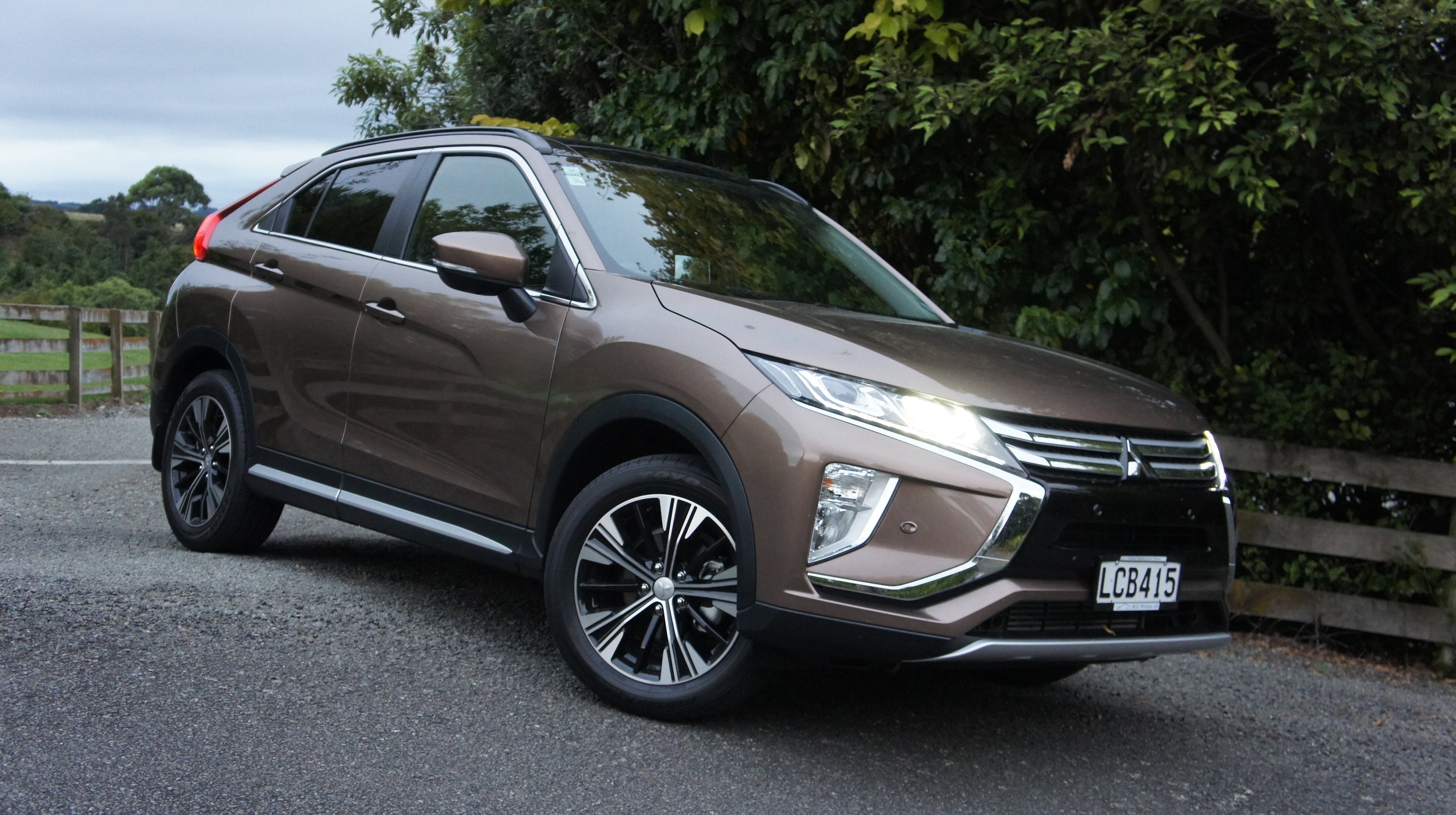

HERE we go, a new Mitsubishi from the ‘new’ Mitsubishi – though, actually, it’s really a farewell to the old brand.
To fully comprehend that sentence, you need to be aware of a key corporate change.
Last year, Mitsubishi became part of the Renault-Nissan Alliance.
So, in addition to being the first truly ‘new’ Mitsubishi passenger vehicle for at least five years, the Eclipse Cross on test here is the first car to appear from the three-diamond marque since that new partnership was formed.
So, if we do a DNA check, what will we find? Nothing but Mitsubishi blood, actually. Yet it’s not a progeny of that arrangement, having been conceived and, reportedly, completed before the three-way marriage was conspired.
What you’re looking at , then, is the last Mitsubishi designed, engineered and built wholly-in-house by that brand alone as the new cabal has made clear that from now on cars like this will be co-developments using parts that also go into Nissans and Renaults.
Nothing wrong with that future; we’ve already seen some fine Nissan-flavoured Renaults and Renault-involved Nissans.
At the same token, on the strength of trying out this top $45,590 VRX version, there’s not much going awry with this final fling, either. It’s quite a competent package, if not the complete one when tested.
Because? Well, this is clearly a crossover. Though that type of car is now increasingly produced solely in the front-drive layout the test Eclipse came in, Mitsubishi Motors New Zealand had signalled it would also add in versions with all-wheel-drive, an implementation that occurred just this week.
As expected, this extra ingredient increases the cost, but so modestly - just $2000 for the VRX – that to those of us who believe vehicles with an off-roader-ish look should also have an off-roader-ish ability (I know, it’s a silly and increasingly out-of-step attitude, but that’s me) it would seem an easily-accepted enhancement.
Whether two or four wheels are involved in the driving, there will be the same powertrain and transmission. That is has a constantly variable (translation: Belt and pulley, no orthodox gears) transmission is not unexpected. Virtually all Japanese makers save Mazda have capitulated to this technology.
That it also operates with a ‘mere’ 1.5-litre turbocharged petrol might raise an eyebrow because, even though downsizing under the bonnet is all the rage, this might seem a slightly undersized mill for a machine of this weight and dimension. However, from my experience, any concern about it having a minnow motor will surely evaporate quickly. It’s big-hearted in more than just the 112kW/254Nm outputs.
Before going into that, it’s best to step back and look at what we’ve got.
The identity is a strong interpretation of the current corporate Mitsubishi look, but it’s far more geometric than the ASX and Outlander that in places between and, on top of that, I can’t but think there’s been a fair dollop of ‘design’ for design’s sake.
XL-sized chrome-laden front ends are a Mitsi thing that it clearly just won’t let go; but more confronting are the odd angles and the slashing strakes on the flanks are a touch too exaggerated. The lack of subtly is such that even colours that might normally be expected to diminish the impact just don’t.
To be sure, boldness has its place, all the moreso in a sector as crowded as this one, and clearly it’s a more modern take on the ethos that defined the smaller ASX, so much so that you’d never guess they are both based on Mitsubishi's GS platform.
True, the Eclipse Cross is a more substantial car, but not in every way - while 25mm higher and 40mm longer, it’s 5mm narrower and has identical wheelbase and track dimensions. Check out the dollar difference and you cannot think that the smaller, much older car still holds a strong value proposition if judged purely on metal for your money.
Perhaps that is why MMNZ has chosen to launch Eclipse Cross with an extraordinary pitch that threatens to diminish the VRX’s appeal. Right from launch and during time of testing, the entry XLS meted a RRP of $41,690 in front-drive (and, now $43,690 in 4wd) was subject to a special pricing programme that drops it to $34,990: Virtually a direct-competitor for ASX.
Stepping down to XLS means abdicating the LED headlamps, powered double sunroof, leather trim, adaptive cruise, head-up display, dual zone air, front and rear parking sensors and 360-degree camera that VRX drivers enjoy.
Would life without those be too much of a hardship? In one respect, yes. I don’t mind having metal instead of glass above my head and prefer cloth to leather, but an Eclipse Cross without those parking assists would be more challenging to park, not only because it has a high rear end but also because the rear view from this car is rather compromised by the double-tier rear window, with the bar between the glass sections cutting right across my line of vision.
In either form, the cabin layout is attractive, comfortable and quite well done; controls and instruments are generally all simple to use, and only the location of the trip computer menu buttons - on the dash just to the right of the steering column – seems a bit daft, because they are not easy to find without looking for them.
As per modern convention, it runs a large infotainment screen high on the dash which, at this level, abets touch screen operation with a touchpad controller on the centre console. I’d slipped into this car having not long spent time in a Lexus with essentially the same kind of thing, so was prepared for the worst: Time in the high-end Toyota left me thinking this is simply not the easiest controller to work with. And yet, while the Mitsi set-up also suffers from over-sensitivity, it is easier to operate by far.
This car is another to join another new trend: Eschewing an incorporated sat-nav system in favour of expectation that users will have a smartphone that delivers maps and navigation via Apple CarPlay or Android Auto. Yes, you have to burn mobile data and there’s potential for cellular network signal drop-outs ultimately affecting guidance. On the other hand, you do get a quality interface and excellent operability.
It’s a shame the head-up display isn’t as smart. Perhaps it is a sign of costing constraint, but it’s a pity the Eclipse Cross’s unit is one of those old school types with a pop-up plastic display. The whole thing looks a bit fragile and, although the data is supposed to reflect purely onto the plastic ‘gunsight’, it actually reflects onto the inside of the windscreen at the driver’s line of sight.
There are two USB ports at the front of the centre console and a 12V/120W outlet at the back of the console for rear-seat passengers. There are no face-level air-vents for those sitting in the back though.
In terms of cabin space, this is a medium going on small. It’s not as cosy as the ASX, but surprisingly not too far off it, so when adult occupants are aboard you want to maximise at two up front and back, mindful even then that the aggressively sloped rear roofline eats into head room. The boot is tall but shallow and luggage capacity ranging from 374 to 653 litres is modest. A small quibble, but there’s no power tailgate, either.
Seat comfort is quite good, though while the front-seat side bolsters hold you in, the seat bases are a little flat. At least plenty of electric adjustment is available to the primary occupant and it’s not difficult to achieve a good driving position.
Combining a small four-cylinder engine, even one that has turbocharging, with a CVT can so often be a recipe for sluggishness. You’d expect the Eclipse Cross to also feel a little dull because it doesn’t have the power of some competitors.
Yet, even though it potentially won’t prove to be the category’s sprint champion, I was surprised by engagingly rev-happy and responsive this unit proved to be. There’s a refreshingly linear throttle response and not too much of the rubber-bandy-inaction that you have to cope with from some CVTs. It’s not a quick vehicle, but it does feel eager, with good step-off.
At the same token, I don’t want this to sound like Mitsubishi has achieved a breakthrough with this transmission type, because that’s not true either.
Even though the eight predetermined ratios are intended mimic how a traditional automatic transmission's steps through a cog set, there’s no hiding that it is not a wholly accurate simulation. At the same token, it’s good to have steering wheel paddles to enhance the activity. And it’s fair to say, too, that in normal easy-going use, drivers might hardly notice the CVT. It’s only when you floor it that the usual traits become particularly obvious, though even then its kickdowns are smart and sharp enough to provide good passing response. Going easy will undoubtedly allow you good chance of achieving the cited combined economy of 7.2 litres per 100km. Going harder will not.
Ride and handling is almost always a matter of compromise with cars such as this; some put dynamic ability first, others concentrate on prioritising comfort.
The Eclipse Cross’s developers seem to have gone for the former, perhaps in homage to the original Eclipse of the 1990s, which was a sports coupe (you won’t necessarily know it, since this was a North America special).
On tight, twisty roads the VRX rewards with decent agility and responsive in corners – for the type - thanks to quick steering and reasonably restrained body roll. It’s not an all-out ‘driver’s’ car, but neither does it feel as top-heavy as some and there’s always good grip, too. It will interesting to compare a front-drive against the all-wheel-drive; conceivably, the latter should come across as being even better planted.
What’s the catch? It’s simply this; a somewhat stiff ride. The driver might not mind how much surface texture is transmitted back through the body, but passengers might well notice. It’s not outright uncomfortable but is the kind of thing that will be commented on if your drive route eschews smooth tarmac for coarse chip or gravel.
The Eclipse Cross feels more sophisticated than the ASX and Outlander and certainly arrives at the right time: Compact crossovers and SUVs are hot property at the moment; the added plus of this car is that it could also be called a lifestyle hatch.
You could conject if would have been even better were it the first of the new breed, with Nissan-Renault ingredients, rather than the last of the all-Mitsi old and a sharper sticker potentially would not do it any harm, either.
Overall, though, it’s a strong swansong that could do well in a very busy segment.















